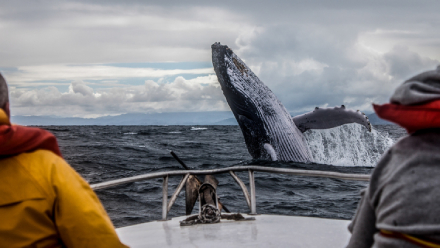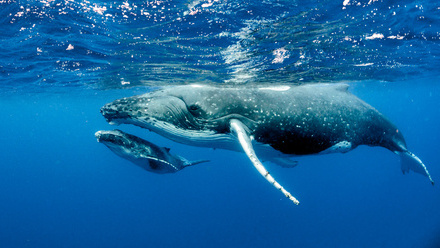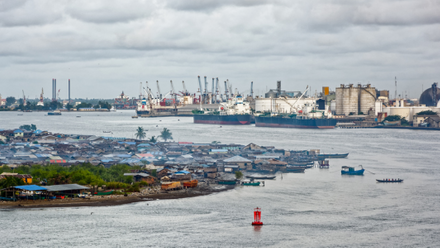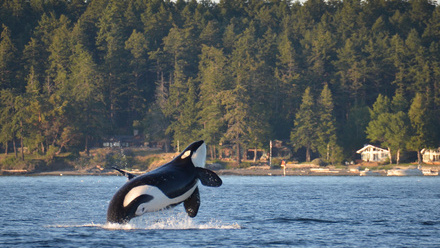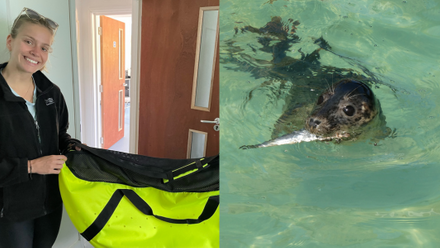World Shipping Council Whale Chart
Niru Dorrian and Liz Ferguson Co-Chairs of the IMarEST Marine Mammals SIG explore the importance of collaboration and strategic intervention to protect whales from ship strikes and mitigate the impact of maritime activities on marine ecosystems.
Whales traverse vast oceans, spending considerable time near the surface where they are vulnerable to vessel collisions. The maritime industry sectors are responsible for protecting these ocean giants by mitigating the risks posed by ship . The World Shipping Council (WSC) is currently at the forefront of a collaborative effort to safeguard whales and other cetaceans from the perils of maritime traffic.
Accidental collisions between ships and whales are a global concern, occurring wherever the paths of these behemoths intersect. Recognising this urgent issue, the WSC has embarked on a mission to mitigate ship strike risks through strategic interventions and through the provision of an invaluable navigational aid, the Whale Chart. This resource equips seafarers with critical information and graphical representations to identify routing measures and areas subject to speed restrictions, thereby minimising the risk of collisions.
At the charts core lies in a commitment to collaboration and knowledge sharing. The WSC has worked closely with renowned partners such as the International Fund for Animal Welfare (IFAW), the Great Whale Conservancy, Marine Biologist Russell Leaper, the International Maritime Organization (IMO), the National Oceanic and Atmospheric Administration (NOAA), and other stakeholders, including governments both regionally and locally. Together, these entities leverage expertise and resources to advance research, understand whale behaviours, and devise protection strategies. This initiative demonstrates the power of collective action. By rallying this kind of support from diverse stakeholders and engaging with governmental authorities, it has striven to implement solutions to safeguard marine ecosystems and mitigate risks to whales and other cetaceans.
On area of specific concern is the waters south of Sri Lanka, where hundreds of ships transit weekly between Europe and Asia. Unfortunately, the existing traffic separation scheme overlays a crucial feeding ground for blue whales (Balaenoptera musculus), heightening the risk of collisions. In response, the WSC, alongside industry stakeholders and environmental organisations, is advocating the establishment of a new traffic separation.
Beyond collision risks, concerns about the impact of maritime activities on marine mammal communication and behaviour patterns have surfaced. Elevated noise levels generated by increasing ship traffic threaten the ocean's soundscape. To address this concern, the WSC, IMO and NOAA are attempting to evaluate the impact of noise pollution and develop measures to mitigate its effects. Protecting whales requires a concerted effort from all stakeholders involved in maritime activities.
The IMarEST Marine Mammals SIG is encouraged that the Whale Chart employs a collaborative intervention strategy aimed at safeguarding whales from ship strikes and mitigating the impact of maritime activities on marine ecosystems. It underscores the pivotal role of the World Shipping Council in leading efforts to protect whales through innovative solutions and partnerships in addressing the complex challenges facing marine mammal conservation in today's oceans.
To learn more about our initiatives and join us in our mission to protect whales, visit the WSC website.

